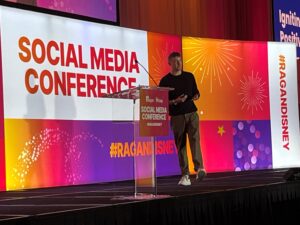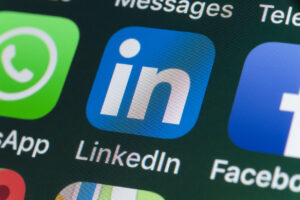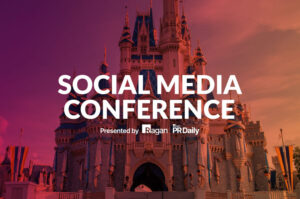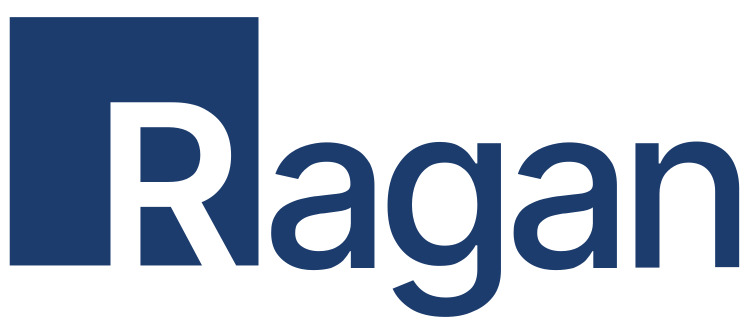How National Geographic improves its social media with strong internal comms
Building internal allies results in a better end product.
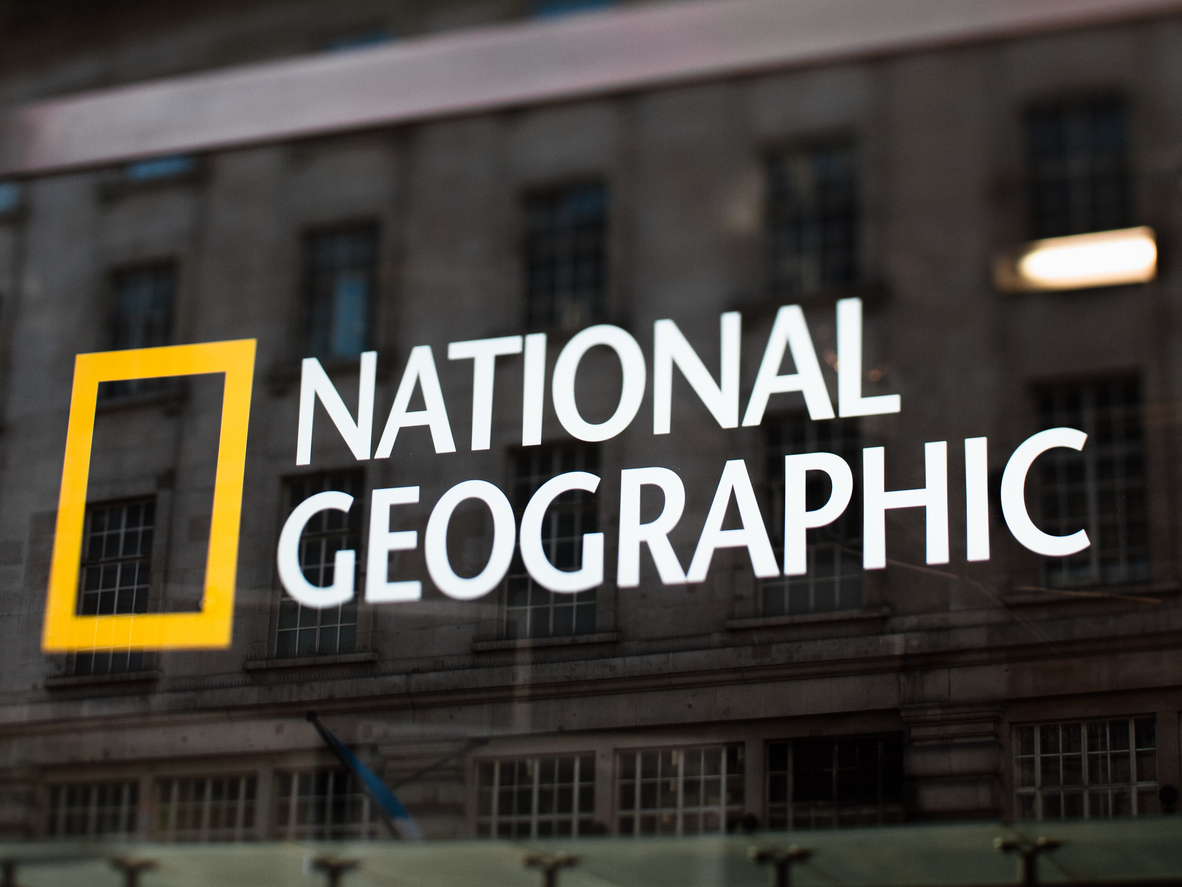
Social media can sometimes feel like an island, off in the corner making TikToks while other departments look on in confusion.
“I think historically, there’s always this feeling of ‘I don’t know social is up to over there,’” said Tulani André, vice president of social media for National Geographic and keynote speaker at the upcoming Ragan and PR Daily’s Social Media Conference. “And so for me, transparency and clear communication of what we’re doing and why has always really been important, and that’s part of the education. If you don’t know what social is doing, it maybe means you don’t know the impact, or you don’t know how it can help you.”
Sometimes that education might be about the changing trends in social media – they move so quickly, even social media professionals can struggle to keep up. But you can also cover the kinds of storytelling that are impactful can change, and when people across the organization better understand those changes, everyone can rally behind social so it can achieve its full potential.
At National Geographic, that looks like weekly emails detailing social media trends and how the organization can be a part of them. It also means monthly meetings gatherings to share not only what the 18-person social team is up to, but looking at how the team interacts with the entire organization. For instance, the social team’s partnership with editorial is particularly important at the magazine and TV publisher.
“Working with editorial, I think it’s really about knowing what’s going to work across social and prioritizing that, and making sure that we’re really telling the detailed stories, whether it’s a multimedia carousel, whether it’s what we call a head card, which is like a big, bold something that makes people want to dive deeper and go and read the article,” André said. “And we also have our video team that’s on our editorial side, and so they make social editorial content that dives deeper into certain topics.”
Additionally, weekly meetings with the editorial team help surface trending topics that might make good stories or videos.
“We connect with almost every team,” André said. “There’s always either something to talk about or a product to work on or a way that we can help bring something to life. It really makes the job of working in social media both something where, yes, you’re marketing and doing content, but you’re also connecting internally.”
The power of community management
That same commitment to connection serves National Geographic in its external efforts. The society has accounts on almost every social platform you can name, but its bread and butter is Instagram, where it educates and entertains a whopping 279 million followers. Their content ranges from facts about foxes to warnings about the possible dangers of supplement use to questions about the infamous Colorado Cannibal.
“It’s the diversity of content that I love,” André said, speaking with real enthusiasm about posts featuring penguins flinging themselves into frigid water.
But Instagram remains a critical platform not only for the sheer size of their audience (though it’s larger than the population of Indonesia), but also for the options it offers.
“(Instagram has) also continued to be important because you can do video, you can do carousels, you can do still. Beautiful images are still important, but I think that we really try and make sure that we are reaching people where they are,” André said.
But great social media is about more than just posting content. It’s also about actively cultivating community among your followers and creating a welcoming space. National Geographic’s community management is administered jointly between their in-house team and agency partners who look to identify opportunities to engage in the comments section, whether that’s dropping a cute animal picture, answering a question or even finding someone they should work with on a future project.
“We’re engaging on both the specific and deeper stuff, but also fun, quick one-offs that really give a personality to accounts on social,” André explained.
It’s also an important, measurable part of their overall social media strategy. Monthly reports from their agency partners to help explain the impacts of that community work.
“Are people enjoying the content? Are they writing back? Are they liking the comment that we left? Then also looking at doing just general social listening, how are people talking about us?” André said of their major metrics.
This commitment to their community can also help keep National Geographic’s brand as a trusted source of truth strong, even in a time when so much information on the internet is uncertain.
“At Nat Geo, we have so many facts,” André said. “Our commitment to research and knowing everything behind what we’re putting out is really the top priority for anything that we’re doing. Nothing goes out where we haven’t researched and we’re sure of what’s happening.”
To hear more from André, join us at the Social Media Conference, March 19-21 at Walt Disney World!
Allison Carter is editorial director of PR Daily and Ragan.com. Follow her on LinkedIn.


